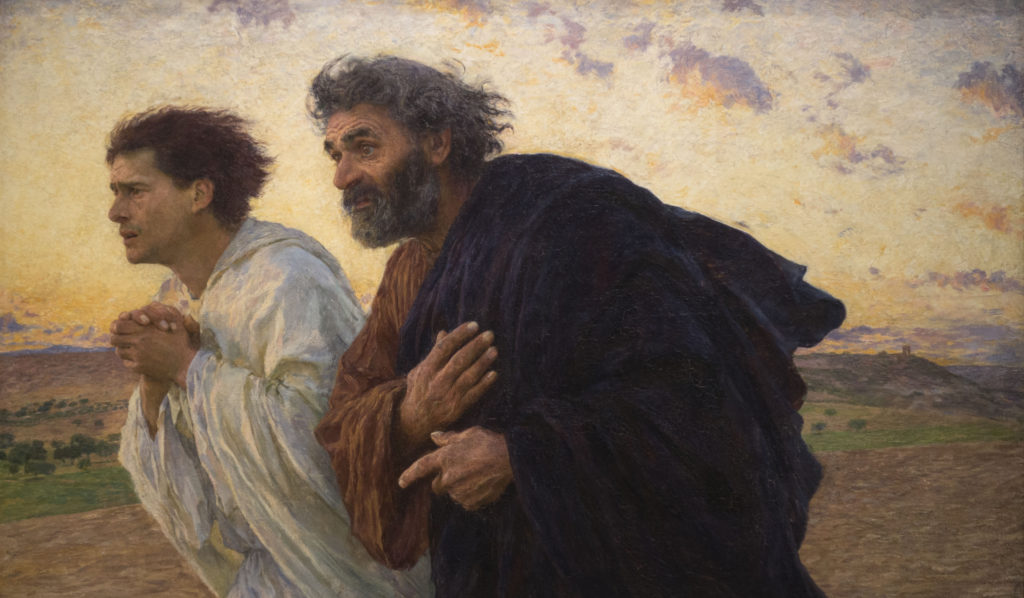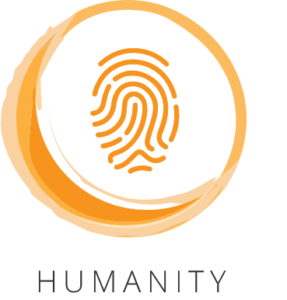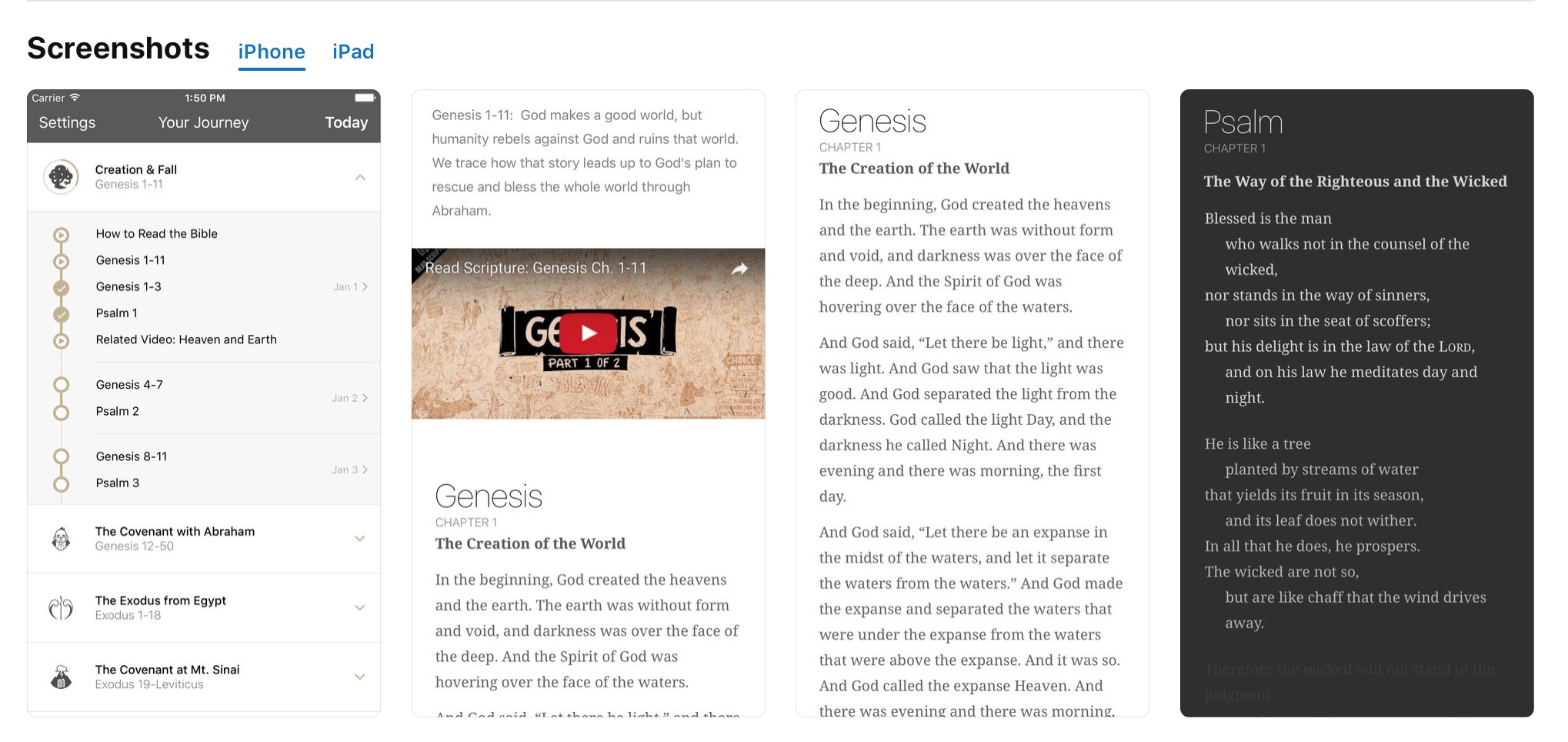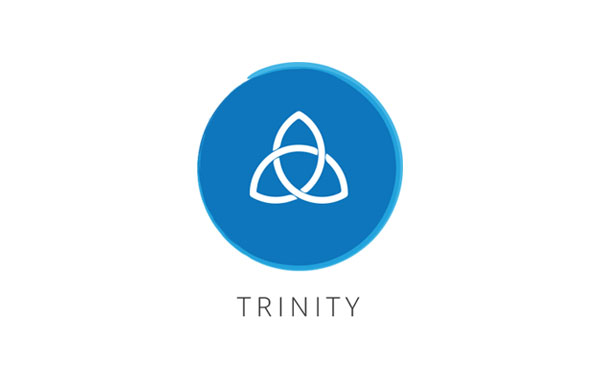introduction
TO THE BIBLICAL NARRATIVE
CONTENT↓
DISCOVERING AN EMBODIED SPIRITUALITY WITHIN
Introduction
GOD IS CALLING IMAGEBEARERS FOR HIS NAME
The timeline of the Bible is the itinerary for a journey we will follow from start to finish. The Creative Imagebearers website and interactive workbook will carry us through. We get to understand who we are, and who God is in His plan and purpose for all things. God has designed this journey. It is like our own road to Emmaus, a path we walk with God by our side as He shows us around. He allays our fears, tells us His purposes and reminds us that we have a destiny beyond that which we can see right now. Each step and stop along the way is important, indeed essential in understanding who God is. By them, we discover not only what He is doing but also how He invites us into the story as His characters; His imagebearers. He will show us the active and engaging role we are to play alongside Him in this redemptive, creative work.
8-10 By an act of faith, Abraham said yes to God’s call to travel to an unknown place that would become his home. When he left he had no idea where he was going. By an act of faith he lived in the country promised him, lived as a stranger camping in tents. Isaac and Jacob did the same, living under the same promise. Abraham did it by keeping his eye on an unseen city with real, eternal foundations—the City designed and built by God.
– Hebrews 11:8-10 (MSG)
“One of the remarkable qualities of the story is that it creates space. We can dwell in a story, walk around, find our own place. The story confronts but does not oppress; the story inspires but does not manipulate. The story invites us to an encounter, a dialogue, a mutual sharing. As long as we have stories to tell to each other there is hope. As long as we can remind each other of the lives of men and women in whom the love of God becomes manifest, there is reason to move forward to new land in which new stories are hidden.”
– Henri Nouwen

Getting lost
IN THE STORY
I read an article about a tourist in Iceland who was on a bus tour. The tour would stop at beautiful locations along the scenic route. All the passengers would get off to freshen up. See the sights, take some photos and then return to the bus, where they would then travel to the next stop.
The Journey
Theme
The Biblical narrative starts with a good creation into which God places dusty creatures made after the Image of God. Humanity’s goal and God’s design has always been that we would be reflectors of Him. We are to bear His image and in turn create imagery (communication in all forms) that brings honour to Him. Cultural Development, Communication, and each of the spheres of society are also ways for us to bear His image and when done well, we become Image-bearers that reach our potential as “fully human”.
Entering into the story…
Rather than trying to write God into our stories, we would be wiser to sit patiently with our Father and let Him tell us His… We must let His story rewrite ours and sweep us up into something much greater than ourselves – Mike Wilkerson
Read the passage and imagine the scene as if you were a movie director. You are working with the characters. Often, we do not enter scripture with our humanity intact. We do not dignify the characters we find there by giving them their humanity in return. The goal of Lectio Divina is to meditate on the scene we find there. To allow the characters to speak to us by imagining the scene as if we are standing there too. Ask Holy Spirit to make the scenario come to life. As you read use all your senses to visualise everything in the scene…
How do the two disciples look as they walk along the dusty road to Emmaus? How does their stress, worry and concern show on their crumpled faces? Are they hunched over? How would you be feeling if you were in their shoes? Imagine their surprise as a stranger appears in their midst.. are they annoyed by His questions about why they’re depressed? How can He not know what has happened in Jerusalem, how the Messiah they followed is now dead? Do you ever feel these same human emotions? Do you feel a measure of disappointment with God today? Can you relate to how they feel – their frame of mind as they walk together? Disappointment, despair and discontentment are very real in the moment.
As Jesus starts to explain the timeline of the Bible, remember that He is using only the Old Testament to show all the scriptures that point to the Messiah. Which images does he point to as a sign of His coming? How does He help these lost disciples to find themselves in the story, God’s story? Their own predicament as they have lost sight of what God is doing right now in them? As he shares His time with them and walks alongside them in a human resurrected body, how does His humanity minister to them? How do their hearts burn within them as He talks?
When he pretends to begin walking on how desperate were they to keep this encouraging friend for a little longer? Please, stay on for a meal, it is getting dark… He agrees to come in and they reward their new friend with a meal. Imagine the moment that He blessed the food, reaches for the bread and breaks it… All at once, their eyes opened! How could they have not recognised Him before? It is the Messiah, their beloved Rabbi is back from the dead, resurrected! As soon as the realisation dawned on them, he disappeared! What a shock!
Immediately, they left for Jerusalem! How fast did they walk now, their energy, body, soul and spirit quickened. How alive they felt in comparison to the trudging they had done before, Knowing what they had seen before in His death. They now also are witnesses to His Life, renewed, resurrected. How does this change everything for them as they follow their footsteps with a rising hope rather than the depths of despair? How would they tell the others? They could not wait. They would hurry back from Jerusalem, knowing that this was not the end but a brand new beginning…
They asked each other, “Were not our hearts burning within us while he talked with us on the road?”

The Disciple’s Concerns
1) Prepare: Close your eyes, breathe, focus your mind, and ask God to enter into this time of prayer with you. Ask God to speak to you through this image.
2) Lectio (read): Open your eyes and scan the image. Note what draws your interest, but continue to scan the whole image. Close and rest your eyes a minute.
3) Mediatio (meditate): Open your eyes and let your eyes be led. Focus on just the part of the image that caught your eyes and name it. Close your eyes, seeing that piece of the image in your mind.
4) Oratio (pray): Open your eyes and look again at the piece of the image that caught your eye. Allow it to bring forth a word, image, or emotion. Close and rest your eyes.
5) Contemplatio (contemplation): Open your eyes and gaze at the whole image. What is God speaking to you today through this image? How will you respond to Him? Spend time processing that with God. Pray or journal about it.
Matt Rawlin’s Article:
Tension is not a bad word
Being Spiritual, Being Human:
Sometimes I encounter writers and speakers who describe us as human beings on a spiritual journey. I think this is true and have used the same language myself. But I think it is equally true that we are spiritual beings on a human journey. Both journeys are crucial, and each should complement the other. Any religion or spirituality that seeks to make us less than, more than, or other than human is dangerous. Spirituality can and should be in the service of becoming more deeply human. This might surprise you. After all, the human and spiritual journeys are often presented as diametrically opposed to each other, and so it is quite understandable if you have tended to think of the spiritual journey as helping you move beyond the limitations of humanity. During a recent lecture I was giving on these things, a woman sitting in the front row looked puzzled and upset. When I paused for dialogue, she expressed her confusion by saying, “I thought that the more spiritual we become the less human we would be. Isn’t being human a sign of spiritual failure? Isn’t that why we use being human as an excuse for failures in our best self and our highest way of being?”
– David Benner, Soulful Spirituality
Embodied Spirituality in Practice
A DISCIPLINE OR PRACTICE TO INCORPORATE INTO YOUR LIFE.
Just as we don’t just roll off the couch and decide to suddenly run a marathon, In the same way we should not think that our spiritual disciplines are magic. They are so like our physical disciplines, we must train for them. We must nurture an embodied expression as Image Bearers. Anything we do spiritually, we also do as embodied human beings. Fasting, prayer, exercise, worship or communion. In fact, all human activity is done in a body. Thus we bring our whole lives – body, soul and spirit – and the whole human condition into the presence of God. So, we can develop healthy exercises that allow us to build habits that align with our Love and desire for God. These embodied disciplines can become like drills that we run over and over again to work our whole being so that our whole being is aligned to God.
IMAGEBEARER: TENSION REFLECTION
Getting in touch with our own humanity…
The Daily Examen is an ancient spiritual practice from Ignatius. This one is adapted by Dr. Matt Rawlins. Notice the Tension between your Limitation, Brokenness, and Giftedness. Where do you feel your humanity most in the midst of being…
Here is a related Spiritual Practice called “Honouring the Body” for you to explore.
Application
DISCOVERING AN EMBODIED SPIRITUALITY OF DESIGN, CREATIVITY AND THE ARTS.
At each step along the itinerary of the Biblical Timeline we will look at how the following themes come into play at each juncture of the journey…

As we look at the story of humanity as revealed in the Bible, we see a God who is deeply connected to the narrative of His dusty imagebearers. This God who is omniscient (all knowing), is also Omnipresent (ever present) and omnipotent (all powerful). Yet He is unbelievably also with us. If the narrative is a story of God, it is also a story of us. God has tied the two stories together, by inviting us into fellowship with Him. He pulls back the curtain throughout the timeline to reveal Himself, as present, intimate and personal. He enters time and space over and over again to make Himself known, in a relevant way that we as His embodied imagebearers can understand. We can experience Him and apply this truth to their lives. The Bible reveals God over time as God with us. Ahead of us and eager to involve us, Fellowship with the Trinity is both the beginning and the end of time. The infinite God working hand in hand with finite creatures. He is the engineer of it all, the pilot who navigates the whole cosmos to a definite end. Who is sovereign but not at all controlling over the entire journey. Moses said to God, “If your presence does not go with us, we will not go on!” Exodus 33:15

We often think of our humanity as the one thing that keeps holding us back, we view it like a noose around our neck, a constant reminder that we are limited, frail and finite. This is a story of God; Father, Son and Holy Spirit, but it is just as much a story of creation. Creatures and human imagebearers; body, soul and spirit. In fact, you would think that God may want to rid us of our humanity as much as we do. It turns out the opposite is actually true, God seems to have an elevated view of our humanity that may be worth paying attention to. He made us the pinnacle of creation and decided that He would reflect Himself most in us – In our humanity and all that it entails. We long to rid ourselves of our body, our limited minds, our strong emotions. To find release to finally be something untethered – free and unlimited. In fact, when God says, “be perfect as your Father in heaven is perfect”, we think that means to become spiritual – to also become disembodied. Sometimes we can be tempted to wish for a future where we will be more angelic, not stuck in a human body and free from all that inhibits us. We want to be infinite, all knowing, all powerful and everywhere at once. It seems God made us human and said that is very good. If so, why do I long to be something, someone, anything else? As we engage with this story we may wonder along with the Psalmist, “What is man that you are mindful of Him?” Psalm 8:4-8

At each step of the narrative, we see that we are changed in the journey. A new revelation of God changes things, while His consistency also means that other aspects remain the same. So we look for the familiar even more desperately when we arrive in a new place we have not been before. Suddenly, we have to find our bearings based on what we already know. Embracing the change and being flexible to rethink everything. Sometimes the change is subtle, yet profound, at other times, it is monumental and we have to reframe everything. It can be painful and joyful too. We need to be aware that even the smallest change to our journey can mean that we have to adapt ourselves to follow a whole new way of thinking. The itinerary we are following starts in a garden and ends in a technologically advanced glorious city. In a new creation – incorporating both God’s work and our own human endeavours – as we create culture. At each point in the journey, we must look for what has changed and what has stayed consistent. There will be much that is familiar and other aspects of the journey that are entirely fresh and new. The goal of traveling is to experience all of it as we go through life embodied. “When the crowds heard this they were astonished…” Matthew 22:33

The big story of God is an all encompassing one, it is gigantic and epic and that is why we call it “Biblical” in proportion. We start with God; Father, Son and Holy Spirit, creating all things out of nothing. God made all things, the whole cosmos with a word. So God’s story begins with All things, the Bible also says that God holds all things together by the power of His Word. Finally it also says that He will finish the work that He has started and that His word will not return void, bringing all things under His feet and reconciling all things back to God. When we make the gospel, the good news of God, about anything less than a cosmological plan. The blueprint for all creation, all creatures, all imagebearers. We make the gospel very small indeed. God created everything, sustains everything and calls everything back to Himself. It is a story that encompasses creation, visible and invisible, Heaven and earth, every atom included in His plan. He has not just come to save our souls, He has come to redeem back all that He created. As it was in the beginning, so shall it be in the end. God wants to complete the good work that He started. In redeeming all things back to Himself, “whether things on earth or things in heaven, by making peace through His blood.” Colossians 1:20

There is much pain to enter into in this world. This pain is a sign that there is something wrong, our bodies tell us immediately that we need to pay attention to where it hurts. Much of the pain of our existence is what makes life so difficult, it can be unbearable and we can feel the isolation of it, feeling as if no-one could ever imagine what we are feeling or how badly it hurts. It seems that God knew what He was doing when He created all things and made us in His image, He was taking a huge risk that may cause Him the most pain of all. He made us in His image. He feels, He is observant and He does not turn His back, clench His fist or change the channel on suffering. When we suffer we struggle to find God. Still, we are told that “the lamb slain since before the foundation of the earth” has entered into the pain of sacrifice from then, even before we entered the pain of sin, God was already sacrificial. Revelation 13:8

In order for us to be effective communicators, we use images constantly. These images are entered into to express ideas. To convey new information and to warn. To encourage, educate, provoke thought or shine a spotlight on issues that demand attention. Our goal as designers is to compel others to action. We work with physical things. We develop tools, music, engage with technology and record film. Capture photographs and choreograph images into dance, architecture, pigment and language. In every case, we bear images out into the world. Capturing both the immense beauty of our world, while also documenting the devastating misery that we encounter too. We need to be able to navigate our work with deep compassion for the human condition, to bear in mind that we work to image God in all that we do. As a reflection of who we are coming to know Him to to be. Our work, we will see, is a co-labour between an infinite God and us, His finite creatures. He invites us to a meaningful and desperately joyful, creative work. Exodus 31:3

To have the assurance of a great overarching story is a wonderful security. It means that we are living with purpose, dignity and meaningful interaction with one another. With all things, most of all with a God who has a great story. One in which from the start we have been invited into as creatures and players and sojourners. We are on a journey – the Biblical narrative moves in a great story arc that captures our origins in peace and calm as we move from formless and void to beauty, order and abundance. We begin in a temple garden and end in a beautifully advanced city. At each stage of this journey, we can and should check our itinerary to see where we are, what is happening and how we fit in the midst of God’s big story. He is writing it with us as Co-labourers, Co-authors and Co-designers. He does the lion’s share of the work, but our work matters too, as we shall see.
Creative expression
INSPIRATION AND PRACTICAL APPLICATION FROM A CREATIVE
JOSEPH AVAKIAN
GRAPHIC DESIGNER:
Joseph is a long time Youth With A Mission missionary who is highly influential in the area of arts and communications and is commonly known for designing the current logo for YWAM international. At present Joseph is based out of YWAM in Germany.
Creative Assignments
DISCOVER YOUR OWN HUMANITY – YOUR LIMITS, GIFTS AND BROKENNESS
![]() Assignment: Do the Embodied Spiritual Practice above – “Limited, Broken and Gifted” and write or create something as a response and then upload it here
Assignment: Do the Embodied Spiritual Practice above – “Limited, Broken and Gifted” and write or create something as a response and then upload it here
This is a chance to express yourself creatively. Perhaps something in this part of the timeline has challenged, excited or inspired you. You may want to think about how you could express that through drawing, writing, painting, filming, designing or photographing something to share with others here at creativeimagebearers.com.
Optional: In addition to the assignment above, please write a haiku, poem, song or create a piece to express yourself and share it with us!
Submit Creative Assignments
This is where Creative Imagebearers submit their creative assignments for each module of the coursework.
Final Take-Away to give context…
PROVOKE THOUGHTS, QUESTIONS…
Engaging our Humanity is a courageous undertaking. We need to be growing more and more comfortable in our own skin. Aware of the tensions involved in who God made us to be.
We are limited, gifted and broken. These three elements of our humanity are present and draw us back to God as our source. We are made to image Him in our body, soul and spirit. Every part of us is to image Triune God. We are human, will always be human in the beginning, middle and end of the story. Human forever. Jesus shows us a new way to be human. Fully human joining our human frailty to the power of Trinity in fellowship.
How can you embrace your humanity today? What vulnerability are you experiencing right now? How do you remain human and allow God to be God within who He has created you to be as His imagebearer?
Your take-away
WE WOULD LOVE TO HEAR FROM YOU
Additional Resources:
“Cover to Cover, through the bible as it happened” – Welwyn Hughes and Trevor J.Partridge
“The Message” – Eugene Peterson
“Dictionary of Biblical Imagery” – Leland Ryken et al
“Bible Overview” – Rose Publishing
“Practicing Our Faith: A Way of Life for A Searching People” – Dorothy C. Bass
Sourceview Bible App:
https://itunes.apple.com/gb/app/sourceview-bible/id1114617271?mt=8
YouVersion Bible by Life.Church
https://itunes.apple.com/gb/app/bible/id282935706?mt=8
Amazing Bible Timeline by Bible Charts and Maps:
https://biblechartsandmaps.com/product/24/
http://timeline.biblehistory.com
http://www.basicsofthebible.org/files/InteractiveTimelineOfBibleHistory.pdf
Bible Project: “How to Read the Bible” Series (6 videos)
https://thebibleproject.com/explore/how-to-read-the-bible/
Being God’s Image – Carmen Imes
Why every education institution needs An Embodiment Class


















